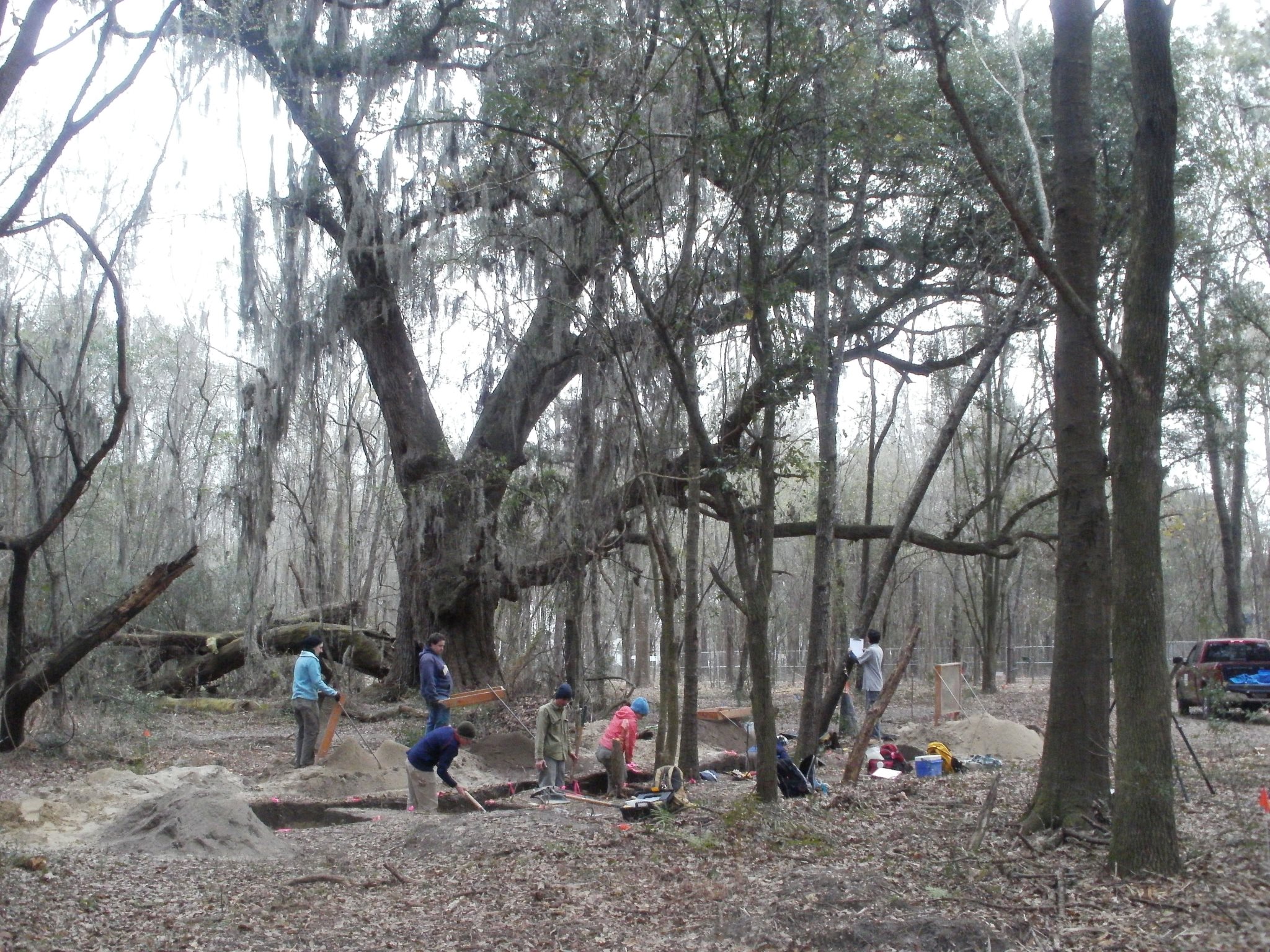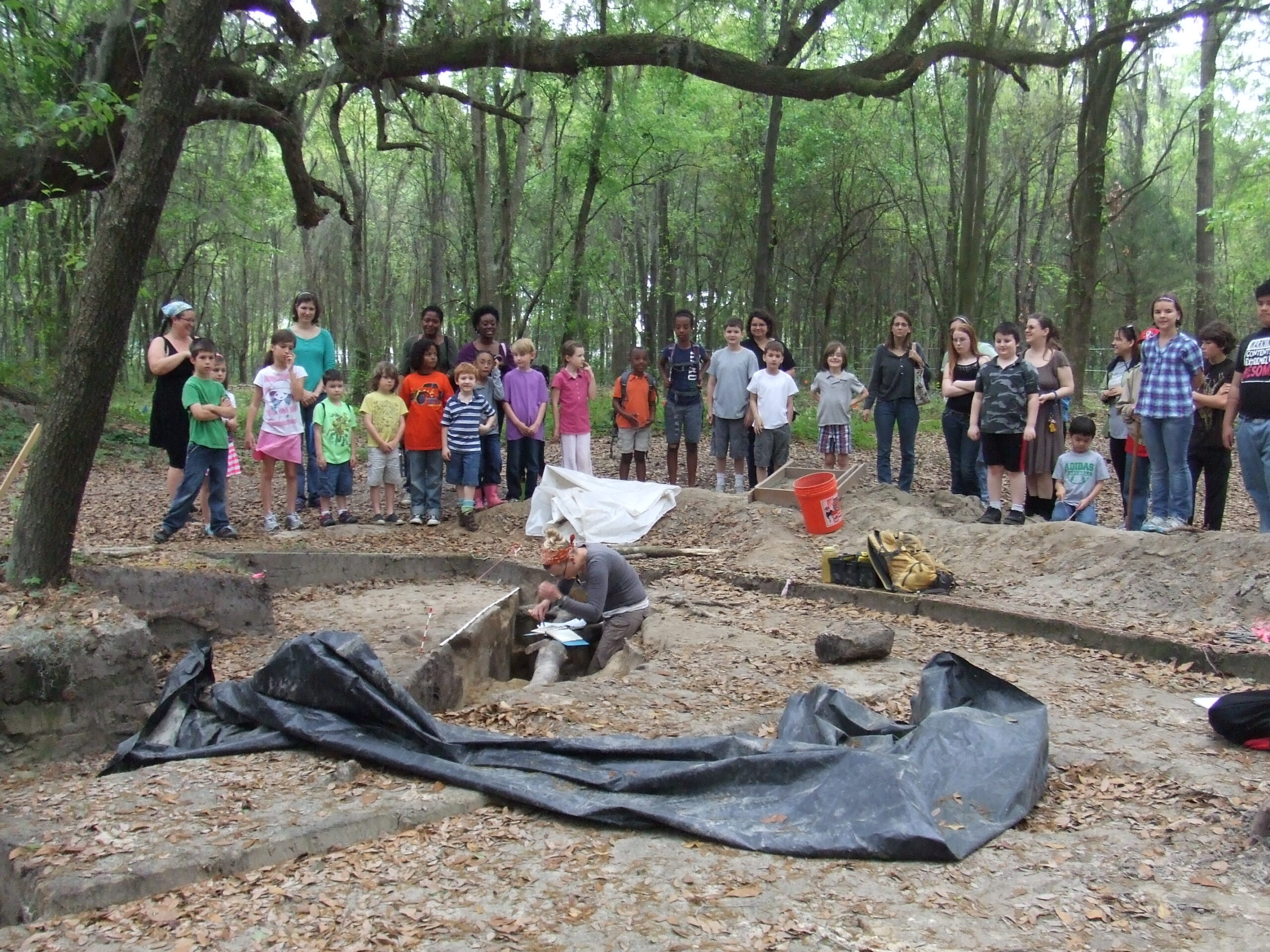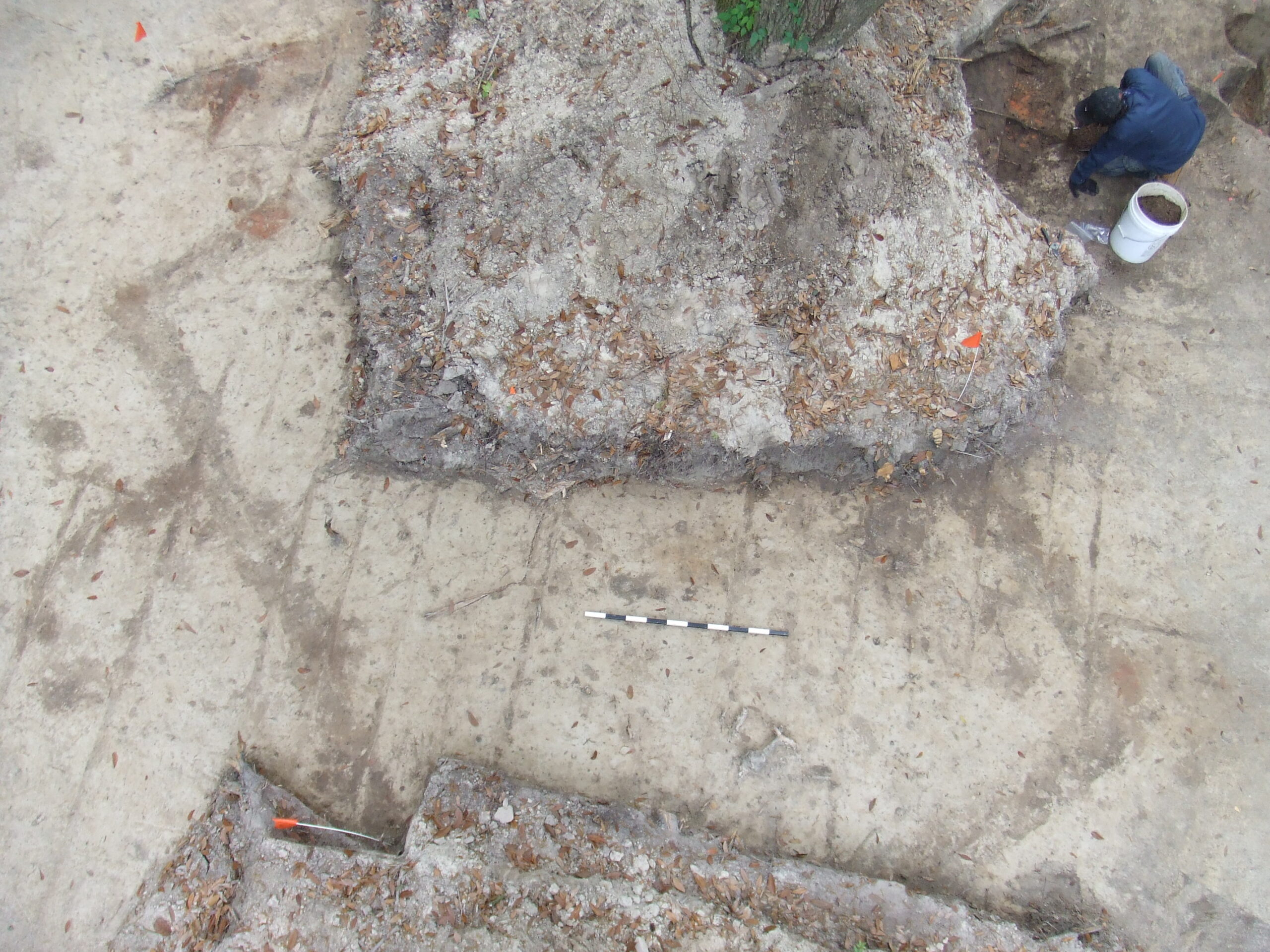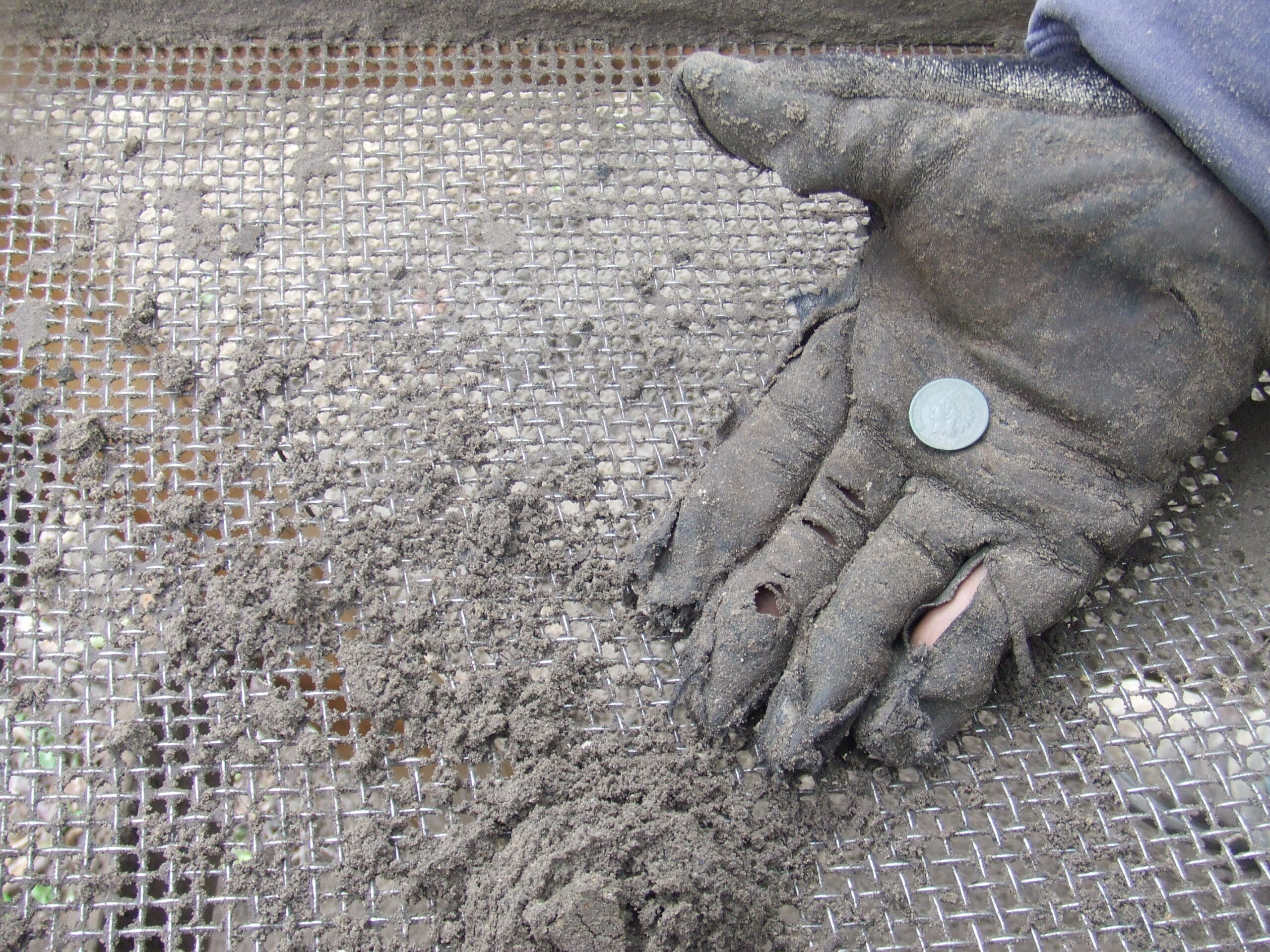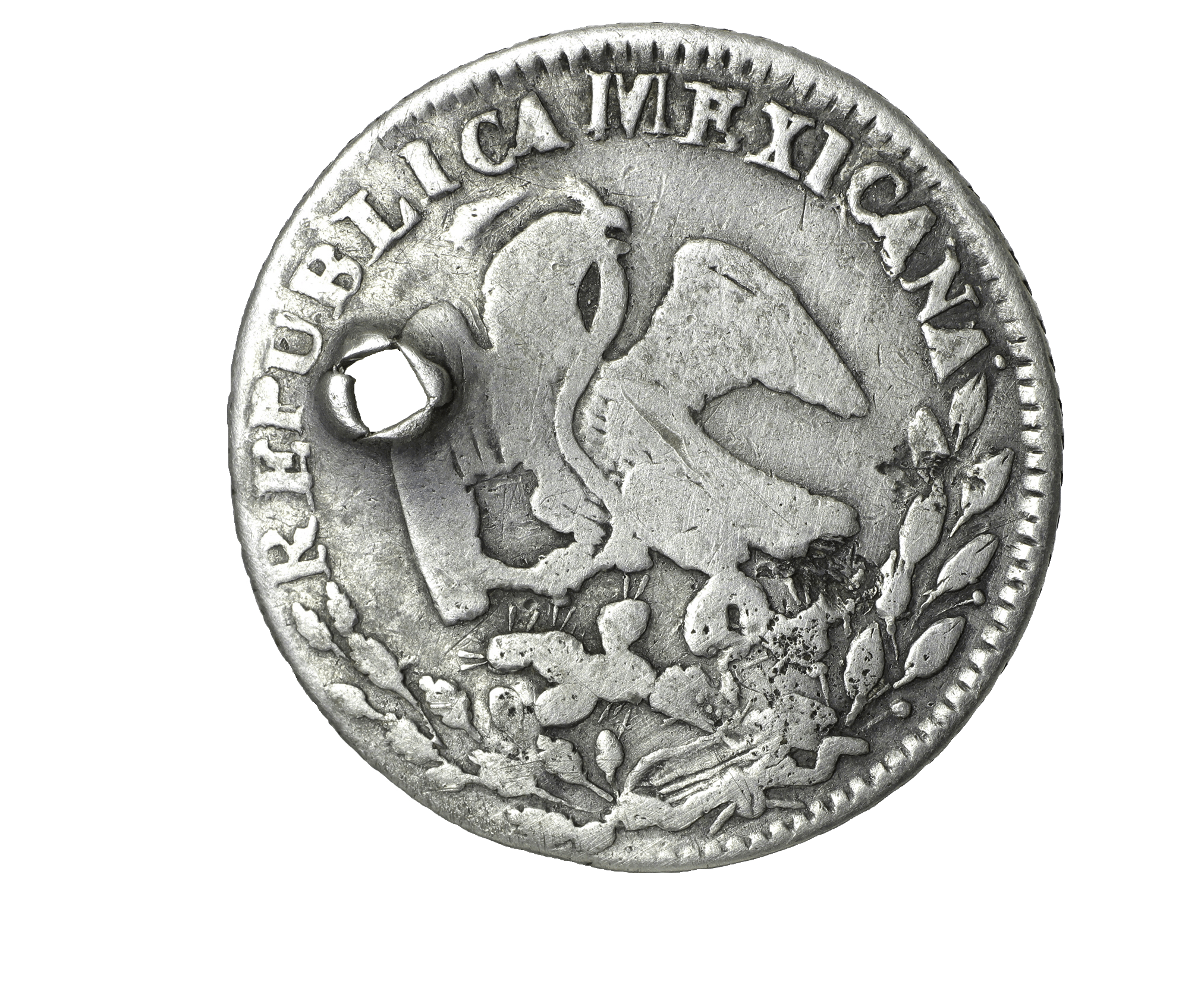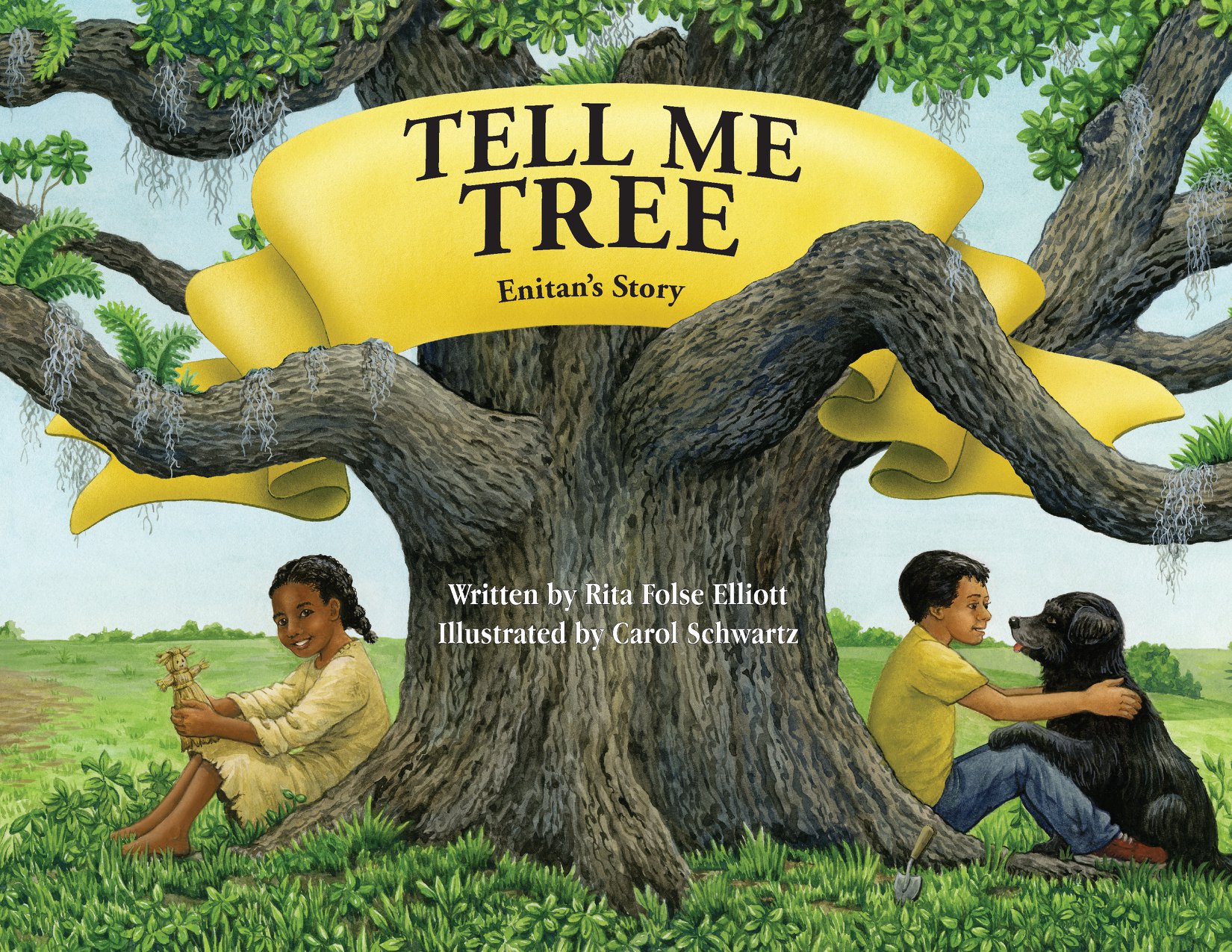Abercorn Archaeology Project and Public Outreach
Abercorn Archaeology Project and Public Outreach
Client
Location
Services Performed
Findings
New South Associates conducted an archaeological data recovery at Site 9CH1205, an African American enslaved and freed people settlement and portions of a Civil War Union Army camp. A highly successful public outreach program enabled visitors to tour the site during excavation and learn about archaeological research and procedures in a historic preservation context. Over 1,000 people visited the site during three months of fieldwork. A children’s book about the history and archaeology was also produced.
The Georgia Department of Transportation (GDOT) needed to make improvements to State Route (SR) 204/Abercorn Extension in Chatham County. Archaeological Site 9CH1205, representing an African American enslaved and freedpeople settlement and portions of a Civil War Union Army camp, would be impacted by construction. Because the site was determined eligible for the National Register of Historic Places (NRHP), an archaeological data recovery was completed to mitigate the adverse effects of the planned construction.
Work completed for the data recovery involved archival research, archaeological fieldwork, analysis and reporting. The study was intended to address a variety of questions concerning the lifeways of Georgia plantations and the people who remained at the site after Emancipation. Fieldwork included metal detector survey, geophysical survey, machine-assisted clearing, and hand excavation.
An important component of this project was a public outreach program that enabled visitors to tour the site during excavation and learn about archaeological research and procedures in a historic preservation context. This program was highly successful. Over 1,000 people visited the site during three months of fieldwork, illustrating a genuine interest in archaeology and what it can teach about the past. An additional public outreach element of the project was an illustrated children’s flipbook, Tell Me Tree, that told the story of an African American girl raised on the site on one side and the experience of the son of the archaeologist excavating the site on the opposite pages. A lesson plan paired with the book which was adopted by Savannah area elementary schools. GDOT allowed the Society for Historical Archaeology to publish the book at cost on their print on demand publication.
Additionally, the research provided information about formal and internal economies that African Americans participated in as producers and consumers. The study revealed a strong potential for analytical approaches that emphasize contextualization of material culture. For example, the development of contexts concerning the work of enslaved women combined with artifacts related to sewing indicated the possibility that site residents produced needlework (e.g., clothing, quilts) that could be sold or exchanged. A pierced 1832 Mexican silver reale, which was likely worn for ritual protection, as well as other coins speak to the enslaved resident’s ability to participate in the regional economy.
Award
The AASLH Leadership in History Award for the Abercorn Archaeology Project and Public Outreach (2015)

